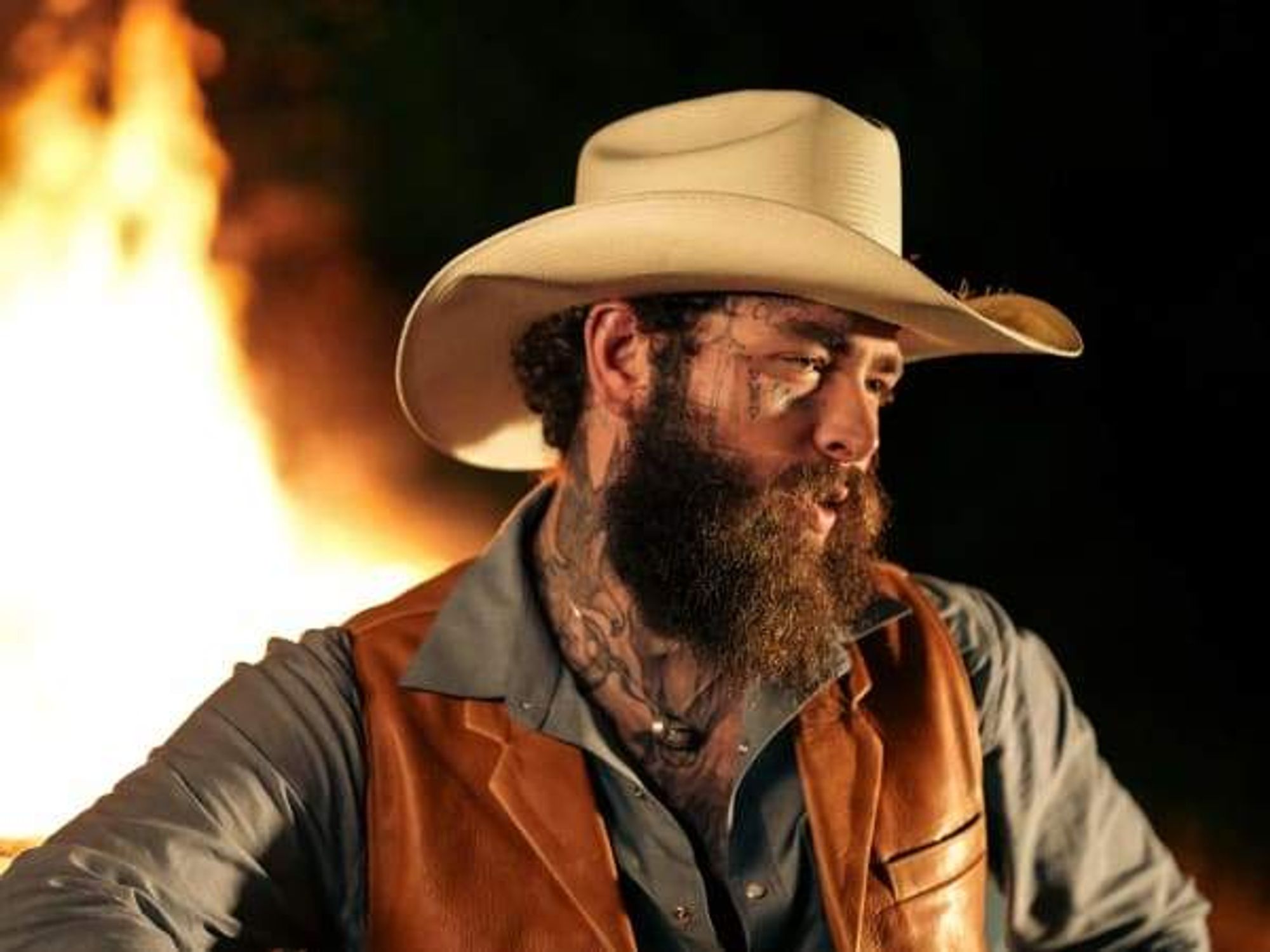A Choo-In
Rangers' selection of Shin-Soo Choo shows off 'Moneyball' paradigm
To understand why it makes sense for the Texas Rangers to sign Shin-Soo Choo to a seven-year, $130 million contract, you have to look deeper than his batting average.
Choo was one of the National League’s top offensive players last year, even though he only hit 21 home runs. We are long past the era where we measure players by the baseballs that leave the ballpark, and Choo is a shining example of the era that "Moneyball" has helped create.
Choo was in the NL top 10 in 19 different NL offensive categories last year, according to Baseball-reference.com. Some of those categories are easy to grasp, such as on-base percentage (.423), runs scored (107), walks (112), times on base (300) and hit by pitch (26).
Choo was one of the National League’s top offensive players last year, and he excelled at areas where the Rangers struggled.
Others need explanation. For instance, Choo was fifth in what is called base-out runs added (49.94), defined as “given the bases occupied and the out situation, how many runs did the batter or baserunner add in the resulting play.”
That’s a really fancy way of saying it’s how often Choo influenced the Reds’ ability score runs as a hitter or baserunner. He did so quite often last year.
Choo excelled at areas where the Rangers struggled last year. The Ranger with the highest on-base percentage last season was Adrian Beltre (.371).
In fact, he was the only Ranger with an on-base percentage better than .350. Choo scored more runs, walked more times and was hit by more pitches than any Ranger last season.
Should Choo, as expected, step into the leadoff role for the departed Ian Kinsler, Choo will be a step up. Choo’s on-base percentage was 68 points better than Kinsler. He also scored 22 more runs than Kinsler and drew more than twice as many walks.
Trading Kinsler for Prince Fielder brought the Rangers a great power bat, but it also created a void at the top of the order, which Choo fills. In fact, getting Choo was more important than waiting for the price to re-sign Nelson Cruz to come down.
Cruz hit more home runs last season than Choo (27), but that’s about all he did better. Cruz walked just 35 times, struck out 109 times and had an on-base percentage nearly 100 points worse than Choo. Plus, both players are the same age, and although Choo has proven durable throughout his Major League career, Cruz has played more than 128 games just once in a season (159 in 2012).
The Rangers had to make up gaps in key statistical areas related to run-scoring to contend in 2014. All five American League playoff teams scored more runs than the Rangers’ 730 last season. They were fifth-worst in the AL in drawing walks (462). Their on-base percentage (.323) was just a hair above the league average in 2013.
The Rangers needed to acquire a player that could set the table for Beltre and Fielder this season. Choo should be the perfect complement. He should also help the pitching staff as well, especially Yu Darvish, who at times received so little run support last season it was downright criminal.
Choo may be the same age as Kinsler and Cruz, but he should prove more durable and more effective at helping the Rangers solve their run-scoring issues in 2014. And that makes him worth the money.



